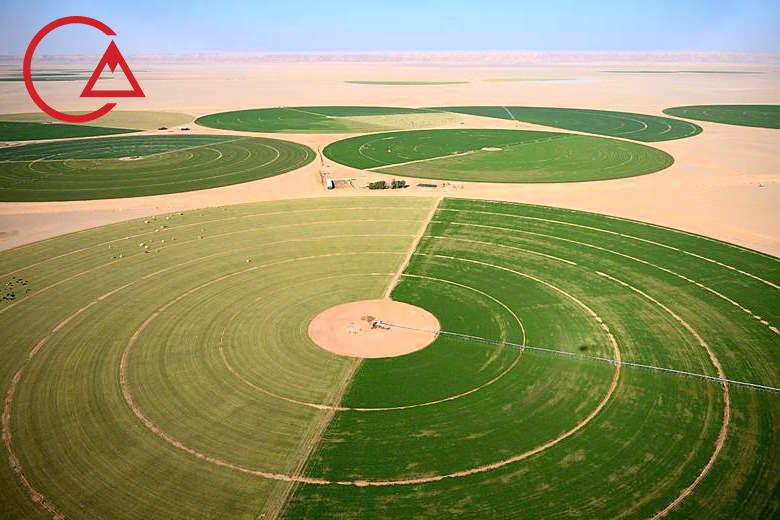Ethylene vinyl acetate, abbreviated EVA, has a density of 0.926 to 0.950, a boiling point of 346 ° C, a melting point of 180 ° C, a tensile strength of 0.05 to 0.2, and a thermal expansion coefficient of 160 to 200.
Ethylene vinyl acetate is a thermoplastic co-polymer that has high elasticity and thermoplastic properties, with excellent clarity and almost odorless, that the bulk of the weight of this type of co-polymer is ethylene.
This co-polymer is produced by various companies around the world, the most important of which are brands such as: Lotte, Repsol, Hanova, Fermosta, Total, LG and Aramco.
Production process of ethylene vinyl acetate
The main part of the production process of this co-polymer is the reaction of ethylene and acetic acid with oxygen in the presence of a palladium catalyst.
Vinyl acetate was prepared once by hydroesterification technique. This method involves the gas phase of acetic acid to acetylene in the presence of a metal catalyst. Ethylene vinyl acetate was first developed by Klatte in 1912. In addition to this method, another method is used which involves the thermal decomposition of ethylidene diacetate.
Vinyl acetate can also be produced by adding acetic acid gas phase to acetylene.
Physical and chemical properties of ethylene vinyl acetate
- High transparency, low weight
- High flexibility even at low temperatures including 70 ° C
- High chemical resistance to dilute acids and bases, oils and greases, alcohols, aromatic hydrocarbons and halogenated hydrocarbons
- UV resistant
- Fragility resistance
- High resistance to gas penetration
- Very good melt adhesion
- Colorless and has a very mild odor
In general, ethylene vinyl acetate is marketed in two grades of 18% and 28% vinyl acetate. The main difference between them is the amount of vinyl acetate and its average molecular weight.
The higher the percentage of VA or vinyl acetate, the better the adhesion to the polar adhesive surface. On the other hand, the lower the percentage of VA, the greater the adhesion to the non-polar background.
Application of ethylene vinyl acetate
The most important applications of ethylene vinyl acetate can be used for packaging meat and dairy products, production of shoes and soles, slippers, polymer compounds, wire and cable insulation, flexible tubes and hoses, toys, sports equipment, helmets, medical equipment packaging, Fishing equipment noted the production of hot melt adhesives.
Today, Asian countries consume more than half of the total demand for ethylene vinyl acetate in the world, which is the largest consumer of ethylene vinyl acetate in the world due to the development and growth of export industries, especially shoes and footwear. Due to the increase in shoe factories in China and India, these markets have a larger share of EVA consumption. However, in terms of demand and consumption of this substance, North America ranks second after Asia.
In general, ethylene vinyl acetate is marketed by different manufacturers under different grades, and in the following, we will introduce five of the most famous grades.
Some of the most popular grades of ethylene vinyl acetate 18%
EVA-7350 (Formosa Company)
EVA-1316 (Hanwha Company)
EVA-VS430 (Lotte Cooperation)
EVA-A1825 (Aramco Chemical Company)
EVA-1820 (Repsol Company)
Some of the most popular grades of ethylene vinyl acetate 28%
EVA-28400 (Repsol Company & LG Company )
EVA-VA910 (Lotte Cooperation)

Waterproofing Contruction provides professional
tank yu veery muchfchch